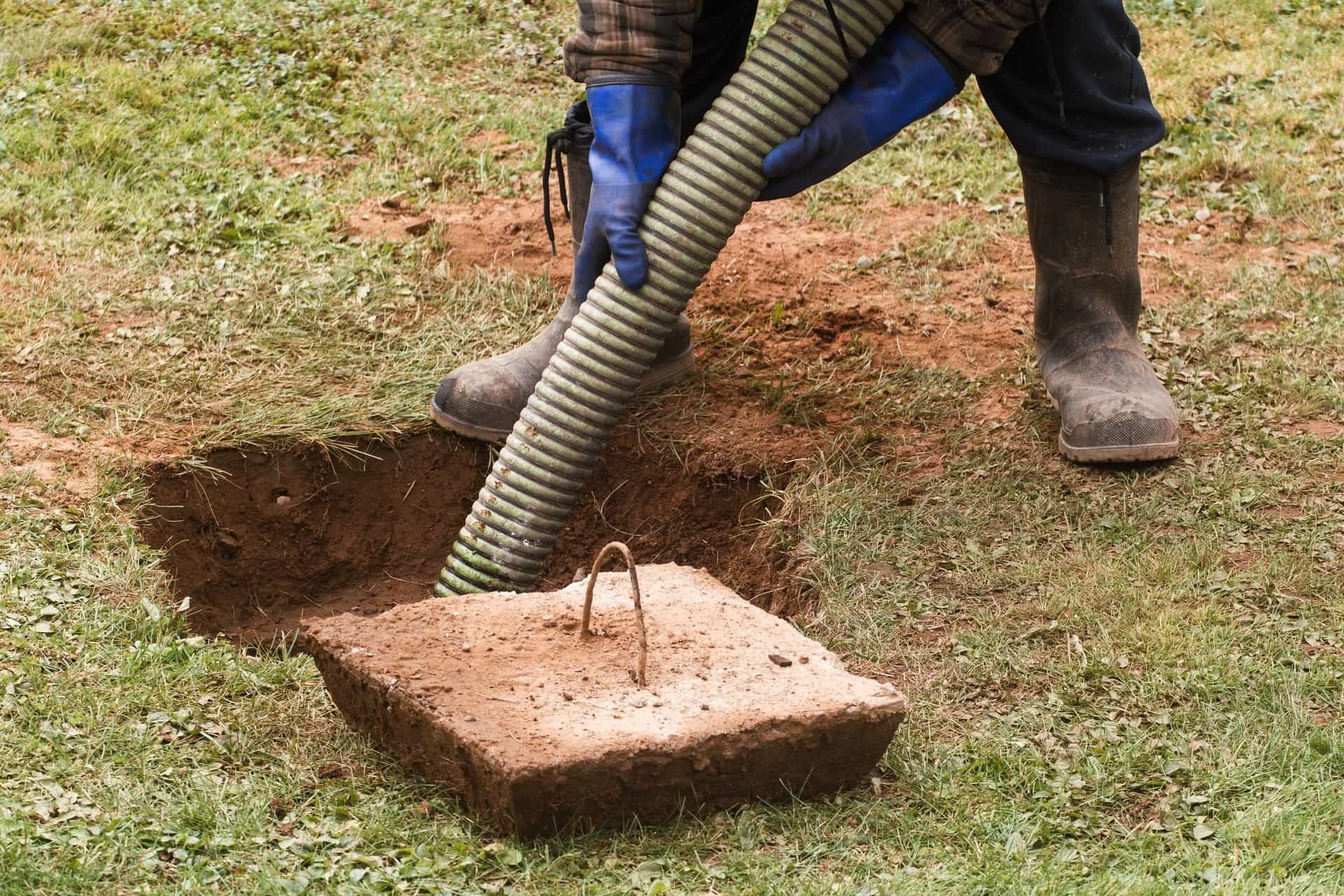How to Clean Your Dryer Vent to Reduce Risk of Fire
Did you know that clogged dryer vents are one of the leading causes of house fires? Lint buildup inside your dryer vent can create a serious fire hazard, reducing airflow and causing the dryer to overheat. Regular maintenance, including a proper dryer vent inspection and cleaning, is essential for keeping your home safe.
In this guide, we'll walk you through the step-by-step process to clean the dryer vent and minimize fire risks.
Why is Cleaning Your Dryer Vent Important?
A clogged dryer vent can lead to several issues, including:
- Fire Hazard: Lint is highly flammable, and restricted airflow can cause extreme heat buildup.
- Longer Drying Times: When the vent is blocked, hot air cannot escape efficiently, making clothes take longer to dry.
- Increased Energy Costs: A struggling dryer consumes more electricity, leading to higher utility bills.
- Shortened Dryer Lifespan: Overheating and strain on the motor can cause the dryer to break down sooner.
By conducting a home inspection along with a dryer vent inspection and cleaning it regularly, you can prevent these problems and keep your dryer running efficiently.
Signs Your Dryer Vent Needs Cleaning
Wondering if it’s time to clean the dryer vent? Watch for these warning signs:
- Clothes Take Longer to Dry: If a normal load takes more than one cycle to dry, the vent might be clogged.
- Burning Smell: A burning odor when running your dryer could indicate overheating lint buildup.
- Excess Lint Behind the Dryer: Large amounts of lint accumulating behind or around the dryer suggest poor vent airflow.
- Hot Dryer or Laundry Room: If the exterior of your dryer or the laundry room feels unusually hot, the vent may be obstructed.
- The Vent Hood Flap Doesn’t Open Properly: Outside vent covers should open when air flows through. If it stays shut or only opens partially, there may be a blockage.
How to Clean Your Dryer Vent: Step-by-Step Guide
Step 1: Gather Your Tools
Before you start, make sure you have the necessary tools:
- Vacuum with a hose attachment
- Dryer vent cleaning brush or kit
- Screwdriver
- Duct tape (optional)
- Flashlight
-
Safety gloves and mask
Step 2: Unplug the Dryer and Disconnect the Vent
For safety, unplug the dryer from the electrical outlet. If you have a gas dryer, turn off the gas supply before proceeding. Pull the dryer away from the wall to access the vent duct.
Use a screwdriver to loosen the clamp that secures the vent hose to the dryer. Carefully disconnect the hose from the back of the dryer.
Step 3: Remove Lint from the Dryer Vent Hose
Shake out loose lint from the vent hose. Use a vacuum with a hose attachment to remove as much debris as possible. For stubborn lint, use a long dryer vent brush to scrub the inside of the hose.
Step 4: Clean the Wall Vent
Next, locate the wall vent where the dryer exhausts hot air outside. Use the vacuum and vent brush to clear out lint and debris from this opening. If necessary, use a flashlight to check for deep clogs.
Step 5: Inspect and Clean the Exterior Vent Cover
Go outside to inspect the vent cover. Remove any visible lint, leaves, or debris blocking airflow. If the vent cover has a flap, ensure it opens and closes freely. Ensure that screens or cages are not installed at the duct termination, as these can trap lint and further obstruct airflow.
Use a vacuum or brush to remove the buildup inside the exterior vent pipe. If there’s stubborn debris, a leaf blower or air compressor can help force out blockages.
Step 6: Reassemble and Test the Dryer
Once the vent is clean, reconnect the dryer hose securely to the dryer and wall vent. Use duct tape if necessary to reinforce the connection. Push the dryer back into place, ensuring the vent hose is not kinked or crushed.
Plug the dryer back in and run a test cycle with no clothes. Check the vent outside to ensure warm air is flowing freely.
How Often Should You Clean Your Dryer Vent?
It’s recommended to clean the dryer vent at least once a year. However, you may need to clean it more often if:
- You do laundry frequently (e.g., large families or businesses)
- You notice any warning signs mentioned earlier
- You have a long or complex vent system with multiple bends
Regular dryer vent inspection and cleaning can prevent dangerous lint buildup and keep your dryer running efficiently.
Additional Safety Tips
- Empty the lint trap after every load: This prevents excessive lint from entering the vent system.
- Use metal ducting instead of plastic or foil: Metal ducts are less likely to catch fire.
- Never leave the dryer running unattended: If a fire starts, you’ll be able to react quickly.
- Schedule a professional inspection: If you're unsure about cleaning the vent yourself, consider hiring a professional for a thorough dryer vent inspection.
Final Thoughts
Taking the time to clean the dryer vent is a simple but crucial step in protecting your home from fire hazards. A clogged vent can cause overheating, longer drying times, and increased energy costs. By following this step-by-step guide and
scheduling regular inspections for dryer vents, you can keep your home safe and your dryer running efficiently.
Need a professional dryer vent inspection? Contact
Guardian Angel Inspections today to ensure your home is safe!
Disclaimer: The information on this website and blog is for general informational purposes only and is not professional advice. We make no guarantees of accuracy or completeness. We disclaim all liability for errors, omissions, or reliance on this content. Always consult a qualified professional for specific guidance.
Share this entry







